Home>Garden Essentials>How To Plant Lantana Ground Cover
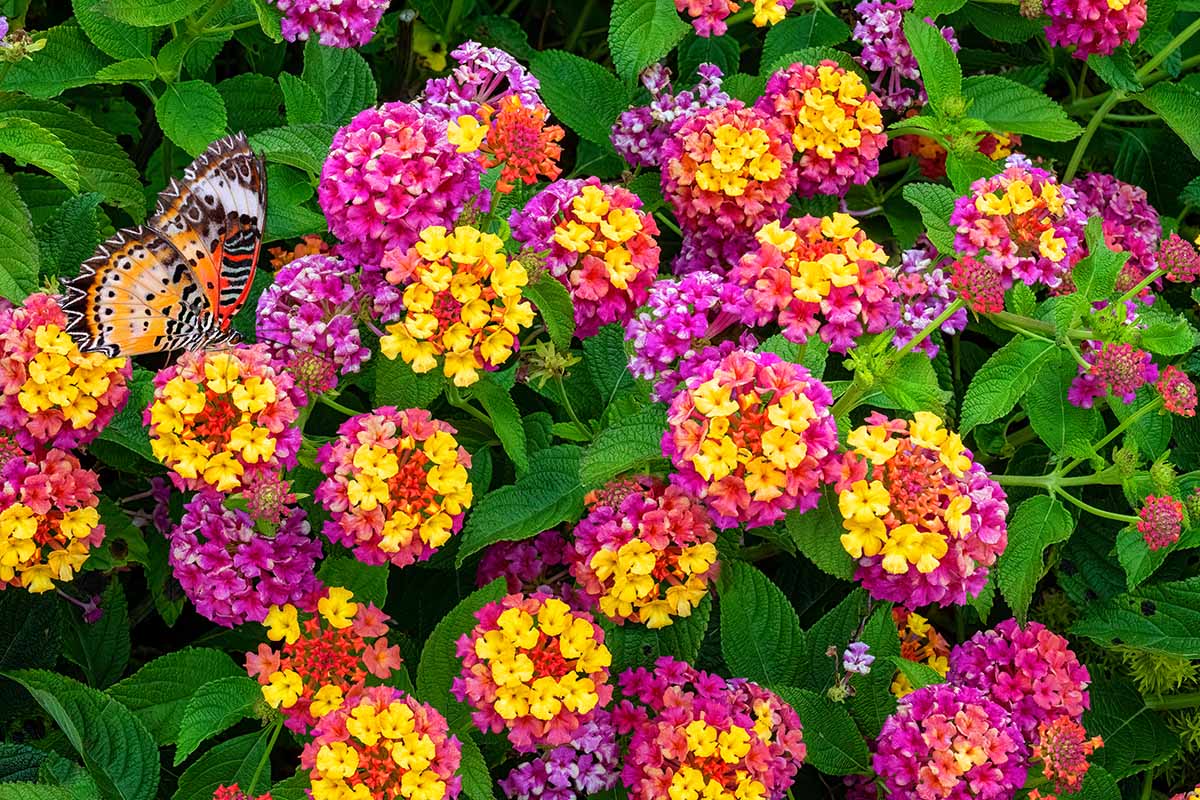

Garden Essentials
How To Plant Lantana Ground Cover
Modified: October 21, 2024
Learn how to plant Lantana ground cover in your garden for a stunning burst of color and easy maintenance. Transform your outdoor space with this beautiful and versatile plant.
(Many of the links in this article redirect to a specific reviewed product. Your purchase of these products through affiliate links helps to generate commission for Storables.com, at no extra cost. Learn more)
Introduction
Welcome to our comprehensive guide on how to plant lantana ground cover. Lantana is a vibrant and versatile plant that can transform any garden or landscape with its bold colors and attractive foliage. Whether you want to fill up empty spaces, add a splash of color, or create an eye-catching border, lantana ground cover is a fantastic choice.
Known for its ability to thrive in hot and dry climates, lantana is a low-maintenance plant that can bring life and beauty to even the most challenging growing conditions. With its ability to attract butterflies, bees, and hummingbirds, lantana ground cover not only beautifies your garden but also supports local pollinators.
In this guide, we will take you through each step of the lantana planting process, from choosing the right location to dealing with common pests and diseases. By following our tips and recommendations, you can ensure that your lantana ground cover thrives and provides a stunning display year after year.
So, let’s dive in and learn how to create a beautiful lantana ground cover that will be the envy of your neighborhood!
Key Takeaways:
- Choose a sunny, well-drained spot for lantana. Amend soil, select the right variety, and water deeply during establishment for a thriving, low-maintenance ground cover.
- Keep lantana healthy with proper pruning, mulching, and pest control. Enjoy vibrant colors and support local pollinators in your garden.
Read more: How To Plant Sedum Ground Cover
Choosing a Suitable Location
When selecting a location for planting lantana ground cover, it’s essential to consider a few factors that will contribute to its overall health and growth. Here are some key points to keep in mind:
- Sunlight: Lantana thrives in full sunlight, so choose a location that receives at least six to eight hours of direct sunlight each day. Avoid areas with heavy shade, as it can inhibit the plant’s blooming and overall vitality.
- Soil Quality: Lantana can tolerate a wide range of soil conditions but prefers well-draining soil. Ensure the soil is loose, fertile, and has good drainage to prevent waterlogging, which can lead to root rot.
- Climate: Lantana is known for its ability to withstand hot and dry conditions, making it an excellent choice for arid or Mediterranean climates. However, it can also adapt to more temperate climates with adequate care and attention.
- Space: Take into account the mature size of the lantana variety you intend to plant. Ensure there is enough space for the plants to spread and grow without overcrowding. This will allow adequate air circulation, reducing the risk of disease.
Additionally, consider the surrounding landscape and how the lantana ground cover will complement other plants. Lantana’s vibrant colors can provide beautiful contrasts or harmonize with neighboring plants, so use it strategically in your garden design.
By carefully selecting a suitable location for your lantana ground cover, you are establishing the foundation for healthy growth and a stunning garden display. Next, we’ll move on to preparing the soil to prepare the perfect environment for your lantana plants to thrive.
Preparing the Soil
Preparing the soil is a crucial step in ensuring the success of your lantana ground cover. By providing a nutrient-rich and well-drained soil environment, you will create an ideal foundation for your plants to flourish. Here are some steps to follow when preparing the soil:
- Clear the area: Start by removing any weeds, rocks, or debris from the planting area. This will give your lantana ground cover a clean start and reduce competition for nutrients.
- Loosen the soil: Using a garden fork or tiller, loosen the soil to a depth of about 12 inches. This will improve drainage and allow the plant’s roots to penetrate easily.
- Amend the soil: If your soil is heavy or clay-like, it is beneficial to amend it with organic matter such as compost or well-rotted manure. This will improve the soil’s structure, drainage, and fertility.
- Test the soil: It’s a good idea to test your soil’s pH level before planting. Lantana prefers a slightly acidic to neutral pH range of 6.0 to 7.5. If necessary, adjust the pH by adding amendments such as lime or sulfur.
- Add slow-release fertilizer: Incorporate a slow-release fertilizer into the soil according to the manufacturer’s instructions. This will provide the necessary nutrients for the lantana plants over an extended period.
After following these soil preparation steps, your soil should be well-prepared to support the growth and development of your lantana ground cover. Next, we’ll discuss the importance of selecting the right lantana variety for your garden.
Selecting the Right Lantana Variety
When it comes to selecting the right lantana variety for your garden, there are a few factors to consider. From color choices to growth habits, each variety offers unique characteristics that can enhance your overall landscape design. Here are some key points to keep in mind when choosing a lantana variety:
- Growth habit: Lantana comes in various growth habits, including trailing, mounding, and upright. Consider the available space in your garden and choose a variety that suits your preferences. Trailing varieties work well in hanging baskets or cascading over walls, while mounding and upright varieties make excellent ground covers or border plants.
- Color palette: Lantana offers a wide range of colors, including vibrant shades of red, orange, yellow, pink, and purple. Consider the color scheme of your garden and choose a variety that complements the existing plants or creates a striking contrast. You can also opt for varieties that have a mix of colors, providing a beautiful mosaic effect.
- Height and spread: Pay attention to the mature height and spread of the lantana variety you choose. This will help you determine spacing requirements and ensure that the plants have enough room to grow and spread without overcrowding.
- Climate tolerance: While lantana is known for its ability to withstand hot and dry conditions, some varieties are more cold-hardy than others. Consider the climate in your region and choose a variety that can thrive in your specific conditions.
- Butterfly attraction: If you want to attract butterflies to your garden, look for lantana varieties that are particularly appealing to them. These varieties usually have nectar-rich flowers that act as a valuable food source for butterflies and other pollinators.
By considering these factors, you can select the right lantana variety that suits your garden’s needs and aesthetics. Once you’ve chosen the perfect lantana variety, it’s time to move on to the planting process itself. We’ll guide you through the steps to ensure a successful lantana ground cover in the next section.
Planting the Lantana Ground Cover
Now that you have chosen the right lantana variety for your garden, it’s time to dive into the planting process. Follow these steps to ensure the successful establishment of your lantana ground cover:
- Prep the planting holes: Dig planting holes that are slightly wider and deeper than the root ball of each lantana plant. Space the holes according to the recommended spacing for the specific variety you are planting.
- Remove the plants from their containers: Gently remove the lantana plants from their containers, being careful not to damage the delicate roots. If the roots are tightly wound, gently loosen them to encourage outward growth.
- Place the plants: Place each plant into its designated hole, ensuring that the top of the root ball is level with or slightly above the soil level. This will prevent the roots from being buried too deep and promote good drainage.
- Backfill and firm gently: Fill the planting holes with the soil mixture, gently firming it around the roots to remove any air pockets. Avoid compacting the soil too tightly, as this can hinder root growth.
- Water thoroughly: After planting, give the lantana ground cover a thorough watering to settle the soil and hydrate the plants. This will help them recover from transplant shock and encourage root establishment.
Once your lantana ground cover is planted, it’s essential to provide the right care to ensure its healthy growth and longevity. In the next sections, we’ll cover watering and mulching techniques, pruning and maintenance tips, as well as common pests and diseases to watch out for. Stay tuned!
Plant lantana ground cover in well-drained soil and full sun. Space plants 18-24 inches apart and water regularly until established. Prune in early spring to promote bushy growth.
Read more: How To Plant Clover As Ground Cover
Watering and Mulching
Proper watering and mulching techniques play a vital role in the success of your lantana ground cover. Here are some guidelines to follow:
Watering:
Lantana is known for its drought tolerance once established, but regular watering is essential during the initial stages of growth and establishment. Here’s how to ensure your lantana ground cover receives appropriate moisture:
- Establishment phase: Water the newly planted lantana ground cover deeply once or twice a week for the first few weeks after planting. This encourages the development of a strong root system.
- Established plants: Once the lantana ground cover is established, it will require less frequent watering. Water deeply but infrequently, allowing the top few inches of soil to dry out before watering again. This encourages healthy root growth and helps the plant become more drought-tolerant.
- Monitor moisture levels: Keep an eye on the soil moisture levels by checking the top few inches of soil. If it feels dry, it’s time to water. Avoid overwatering, as this can lead to root rot and other issues.
- Water at the base: When watering, direct the water at the base of the plants, avoiding overhead watering. This helps prevent fungal diseases and encourages deep root growth.
Mulching:
Applying mulch around your lantana ground cover has multiple benefits, including moisture retention, weed suppression, and temperature regulation. Follow these mulching guidelines:
- Apply mulch layer: Spread a 2-3 inch layer of organic mulch, such as wood chips or shredded bark, around the base of the lantana plants. Keep the mulch a few inches away from the stems to prevent rotting.
- Leave breathing space: Avoid piling mulch directly against the stems of the lantana plants, as this can create a damp environment that encourages disease.
- Replenish as needed: Mulch can break down over time, so check and replenish the mulch layer annually to maintain its benefits.
By following proper watering practices and mulching your lantana ground cover, you’ll help conserve moisture, suppress weeds, and promote overall plant health. In the next sections, we’ll cover pruning and maintenance tips, as well as how to deal with common pests and diseases that may affect your lantana plants.
Pruning and Maintenance Tips
Pruning and general maintenance are essential for keeping your lantana ground cover looking its best and promoting healthy growth. Here are some tips to help you properly maintain your lantana plants:
- Deadheading: Regularly remove spent flowers, a process known as deadheading. This not only keeps your lantana ground cover looking tidy but also encourages continuous blooming by redirecting the plant’s energy towards new flower production.
- Pruning for shape and size: As lantana can be a vigorous grower, occasional pruning may be necessary to control its size and shape. Prune back the plants in late winter or early spring before new growth begins. Trim back any leggy or overgrown branches to encourage bushier and more compact growth.
- Trimming for rejuvenation: If your lantana ground cover becomes woody or starts to decline, you can perform a more drastic pruning to rejuvenate the plant. Cut the entire plant back to about 6-8 inches above the ground level. It may take some time, but the lantana will typically regrow vigorously with fresh new foliage and flowers.
- Maintaining cleanliness: Regularly remove any fallen leaves, flowers, or debris from the lantana ground cover. This helps prevent the buildup of disease-causing pathogens and promotes good air circulation among the plants.
- Fertilizing: Apply a balanced, slow-release fertilizer in early spring to provide a nutrient boost for the upcoming growing season. Follow the product instructions for application rates and frequencies.
By following these pruning and maintenance tips, you can ensure that your lantana ground cover remains healthy, well-shaped, and continues to provide a stunning display of colorful flowers. In the next section, we’ll discuss common pests and diseases that may affect your lantana plants and how to deal with them effectively.
Dealing with Common Pests and Diseases
While lantana ground cover is relatively pest and disease-resistant, it is not exempt from potential issues. Here are some common pests and diseases that may affect your lantana plants and how to deal with them:
1. Aphids: Aphids are tiny, sap-sucking insects that may infest lantana plants, causing curling leaves and honeydew residue. To control aphids, you can spray the affected plants with a strong stream of water or use insecticidal soap or neem oil. Natural predators like ladybugs can also help keep aphid populations in check.
2. Whiteflies: Whiteflies are small, flying insects that feed on lantana foliage, causing yellowing leaves and general decline. Introduce natural predators like lacewings or release beneficial insects like parasitic wasps to control whitefly populations. In severe cases, insecticidal soap or neem oil can be used.
3. Spider mites: Spider mites are tiny pests that feed on the undersides of leaves, causing discoloration and webbing. Regularly spray the foliage with water to discourage spider mites, and consider introducing predatory mites to control their population naturally.
4. Powdery Mildew: Powdery mildew is a common fungal disease that can affect lantana plants, causing a white powdery coating on the leaves. Ensure good air circulation around the plants by providing adequate spacing and regular pruning. If powdery mildew does occur, use a fungicidal spray specifically formulated for powdery mildew control.
5. Root rot: Overwatering or poorly drained soil can lead to root rot, a fungal infection that causes root decay and plant wilting. Avoid overwatering and ensure the soil has excellent drainage. If root rot is suspected, treat with a fungicide and improve the drainage conditions in the planting area.
Regularly inspect your lantana ground cover for any signs of pest infestations or disease, and take prompt action to control and prevent further damage. Maintaining a healthy and well-maintained garden environment, along with proper watering and fertilization, can help prevent many pest and disease issues.
With proper care and attention, your lantana ground cover can thrive and provide lasting beauty in your garden. In the next section, we’ll conclude our guide with a summary of the key points to remember and the importance of incorporating lantana into your landscape.
Conclusion
Congratulations! You are now equipped with the knowledge and techniques to successfully plant and maintain lantana ground cover in your garden. Lantana is a stunning and versatile plant that can add vibrant colors and beauty to any landscape. By following the steps outlined in this guide, you can create a thriving lantana ground cover that will be the envy of your neighborhood.
Remember to choose a suitable location with ample sunlight and well-drained soil. Preparing the soil by clearing debris, loosening it, and amending it with organic matter will provide a nourishing environment for your lantana plants.
Selecting the right lantana variety that suits your preferences and climate is crucial. Whether you prefer trailing, mounding, or upright growth habits, and whether you opt for vibrant or mixed colors, there is a lantana variety to suit your needs.
During the planting process, ensure you properly place and water your lantana plants. Water deeply during the establishment phase and adjust your watering schedule once the plants are established. Applying mulch around the base of the plants will help retain moisture, suppress weeds, and regulate soil temperature.
Regular maintenance, including deadheading, pruning, and fertilizing, will keep your lantana ground cover looking its best. Watch out for common pests and diseases like aphids, whiteflies, powdery mildew, and root rot, and take necessary measures to control and prevent them.
By incorporating lantana ground cover into your garden, you not only enhance the visual appeal but also provide a habitat for beneficial insects and support local pollinators. Lantana’s ability to attract butterflies, bees, and hummingbirds adds an extra level of beauty and ecological benefit to your outdoor space.
So, roll up your sleeves, get your gardening tools ready, and enjoy the process of creating a gorgeous lantana ground cover. With the right care and attention, your lantana plants will reward you with an abundance of colorful flowers and a vibrant garden display for years to come.
Frequently Asked Questions about How To Plant Lantana Ground Cover
Was this page helpful?
At Storables.com, we guarantee accurate and reliable information. Our content, validated by Expert Board Contributors, is crafted following stringent Editorial Policies. We're committed to providing you with well-researched, expert-backed insights for all your informational needs.
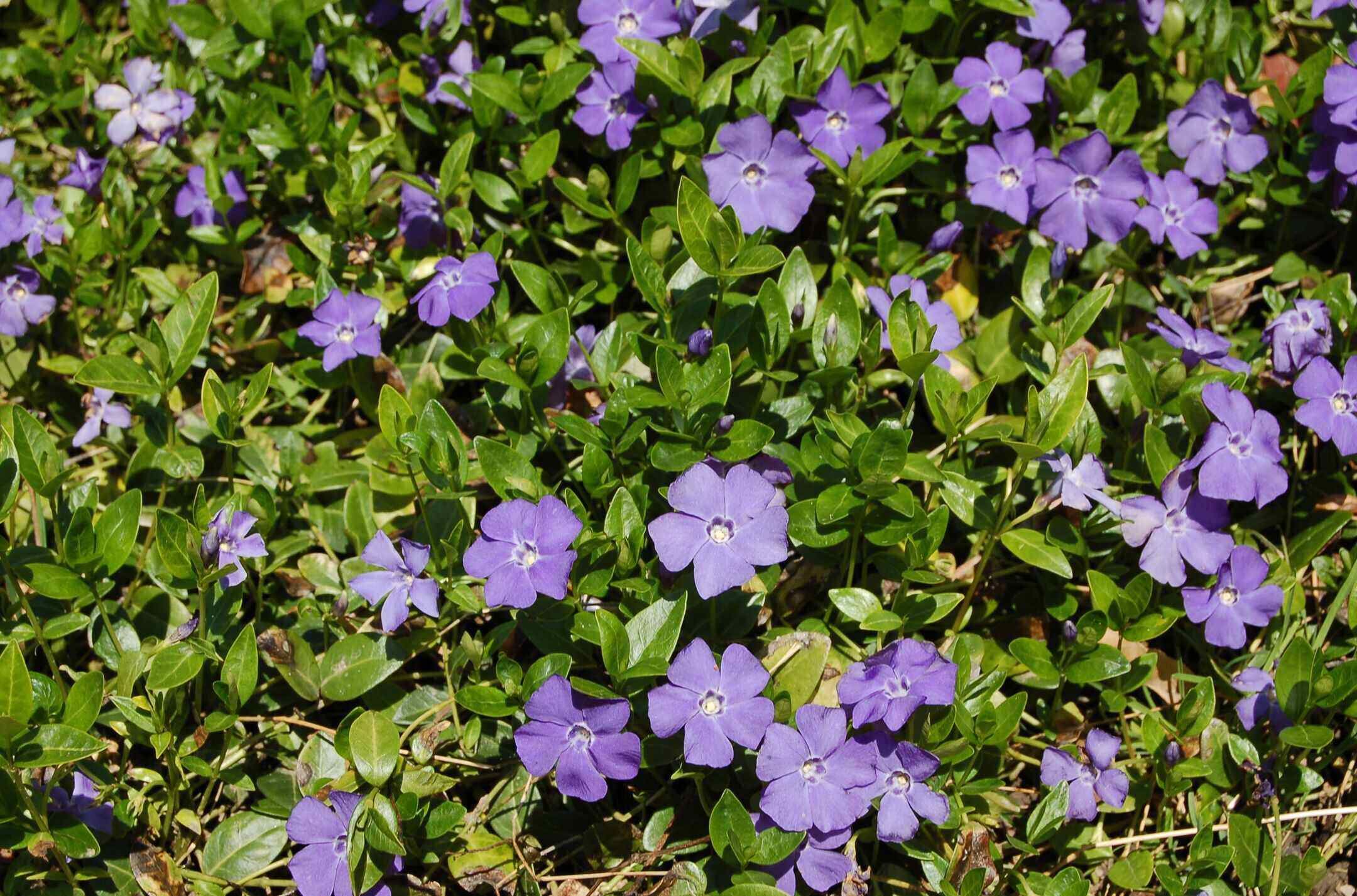
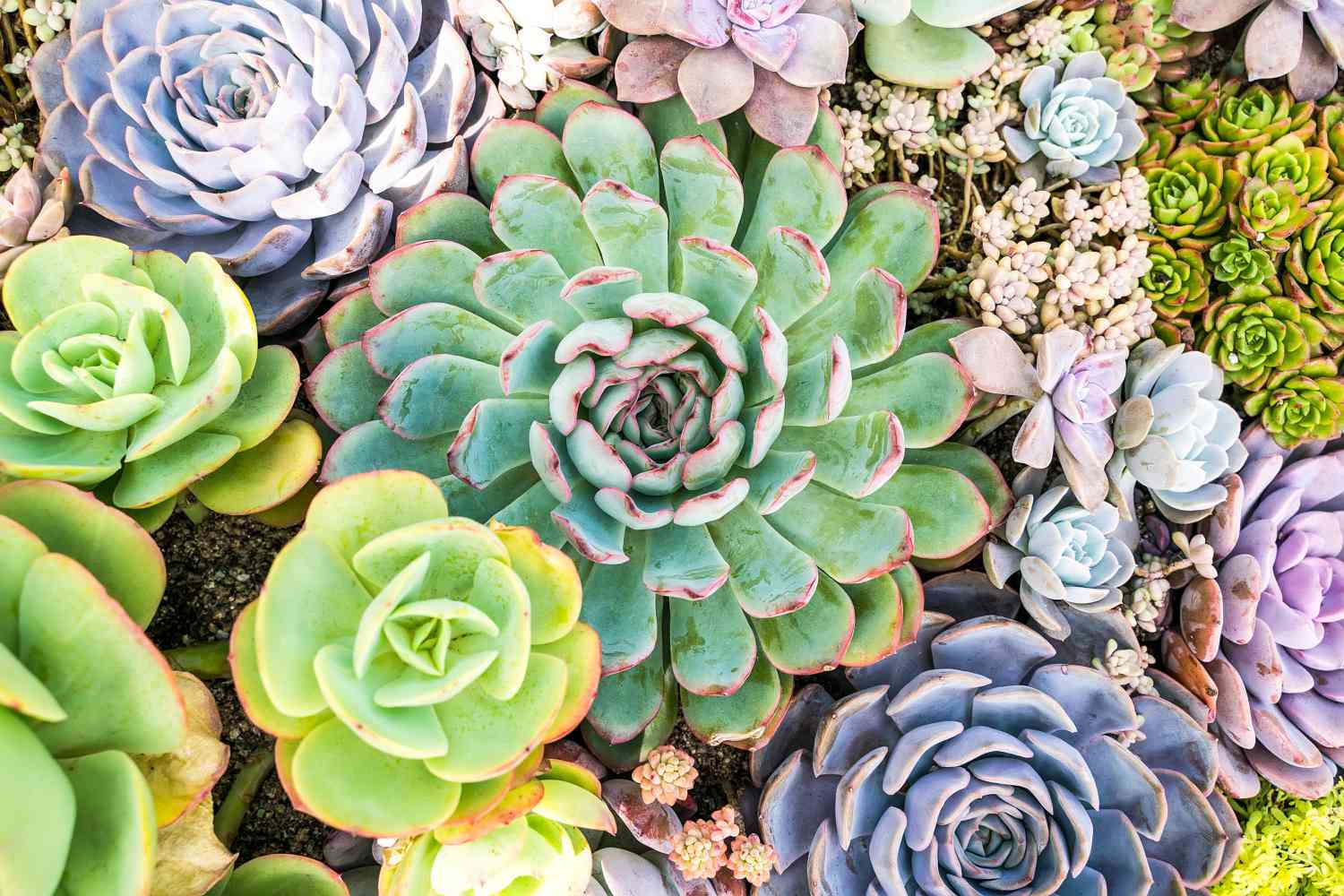
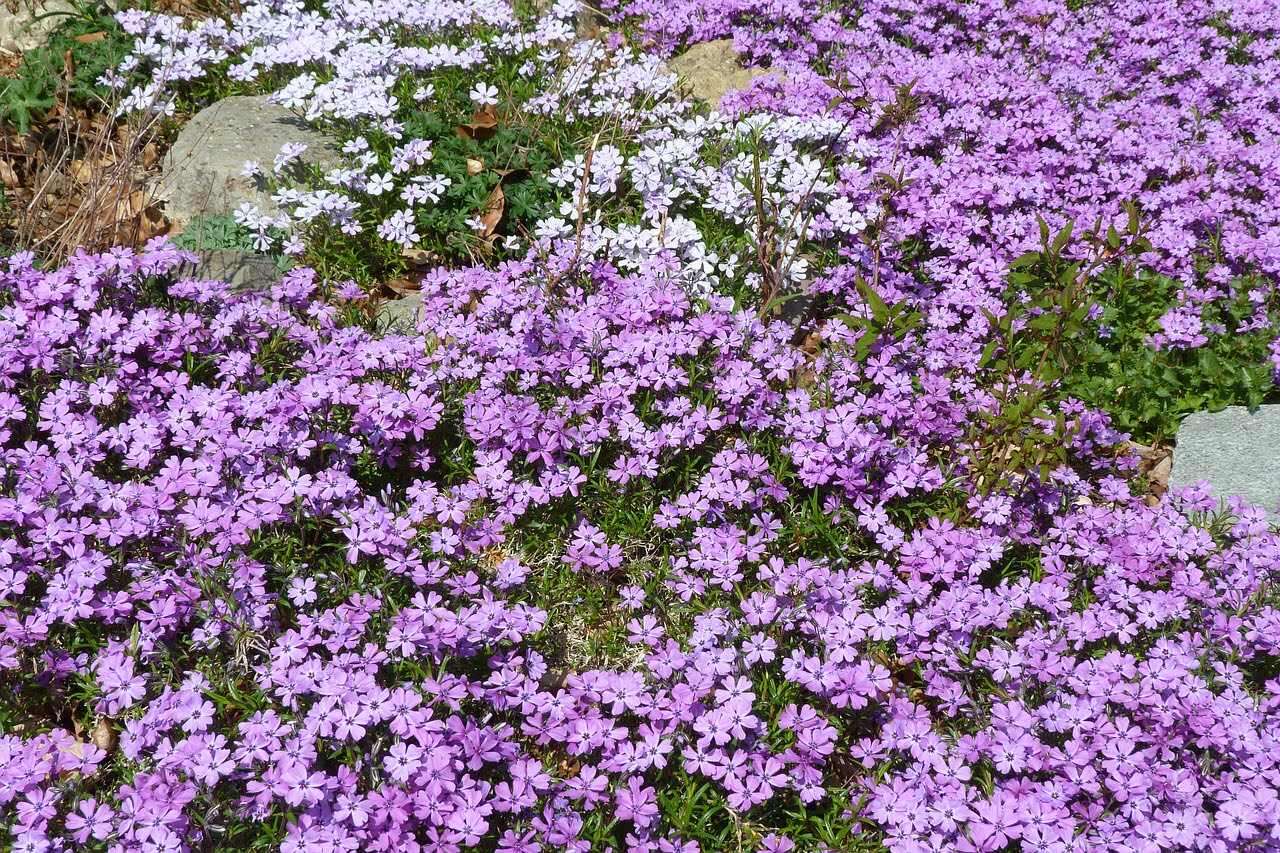
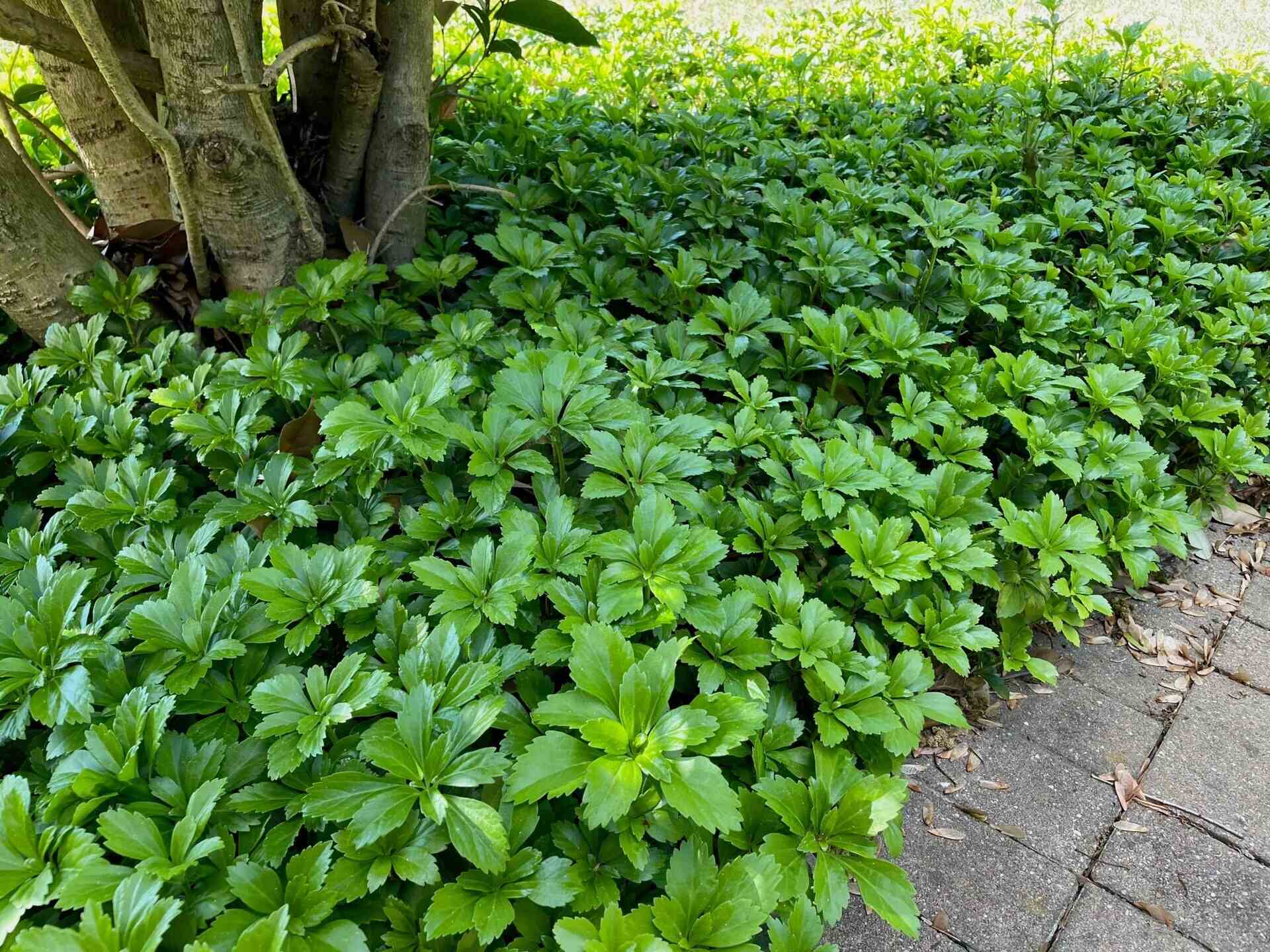
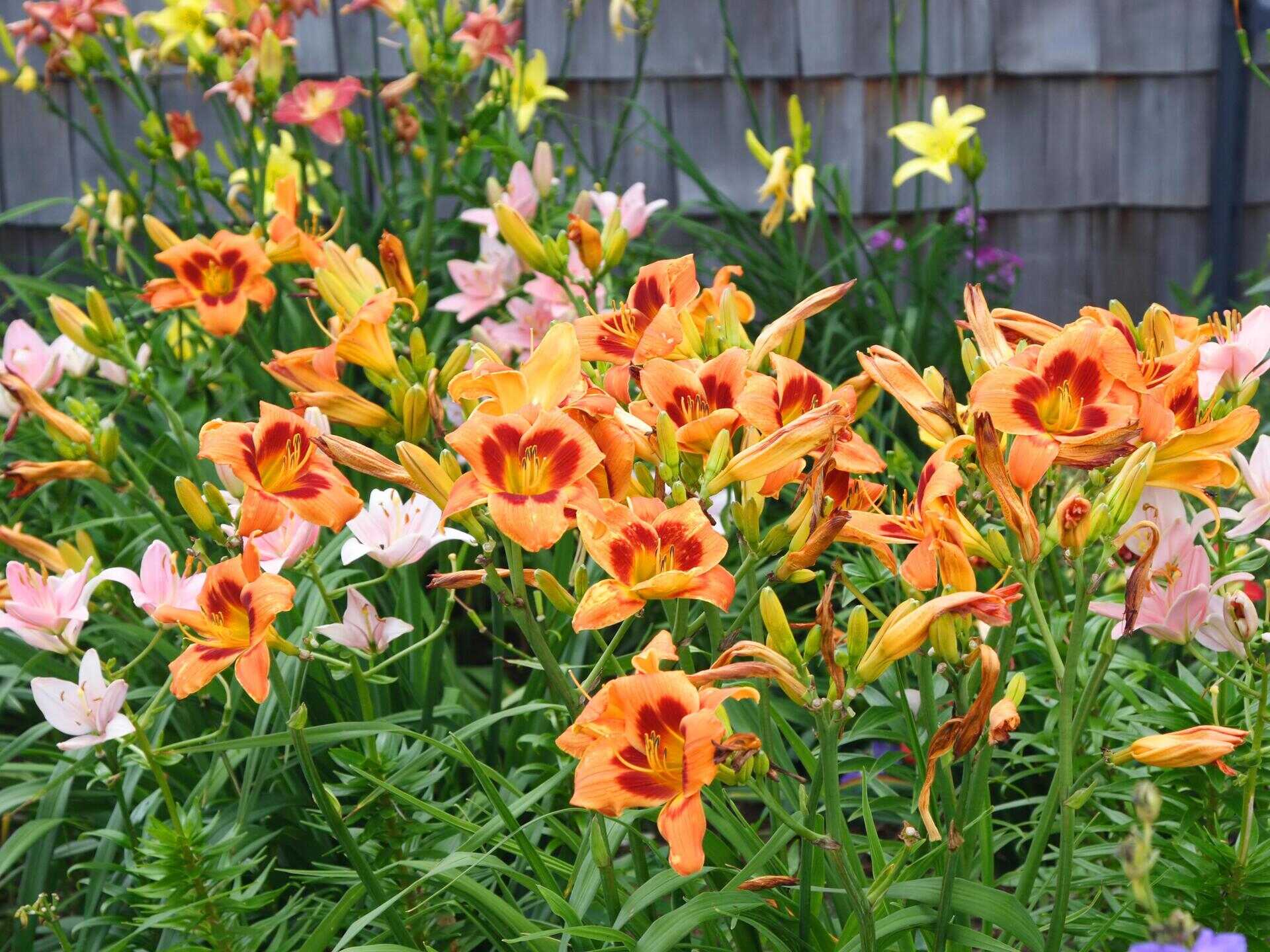
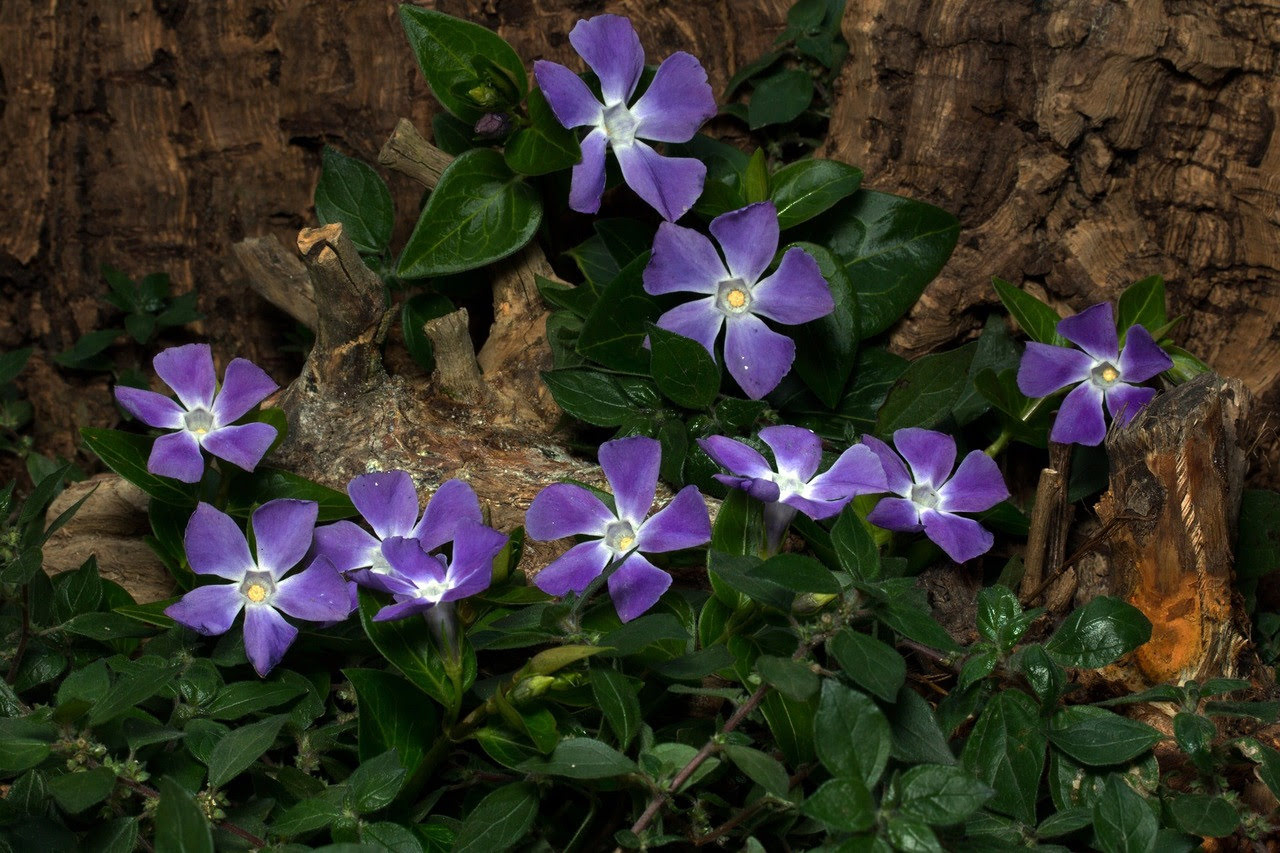
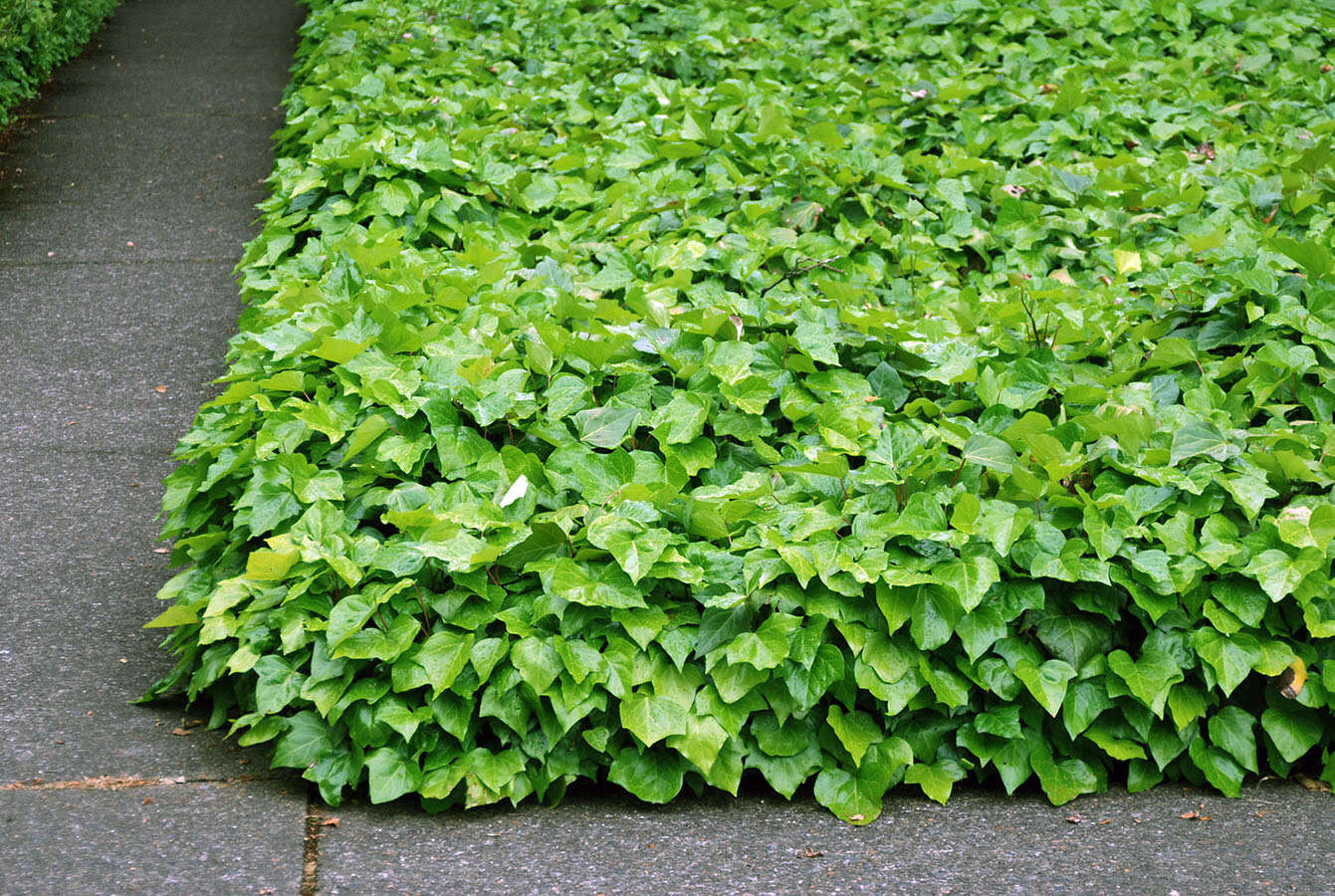
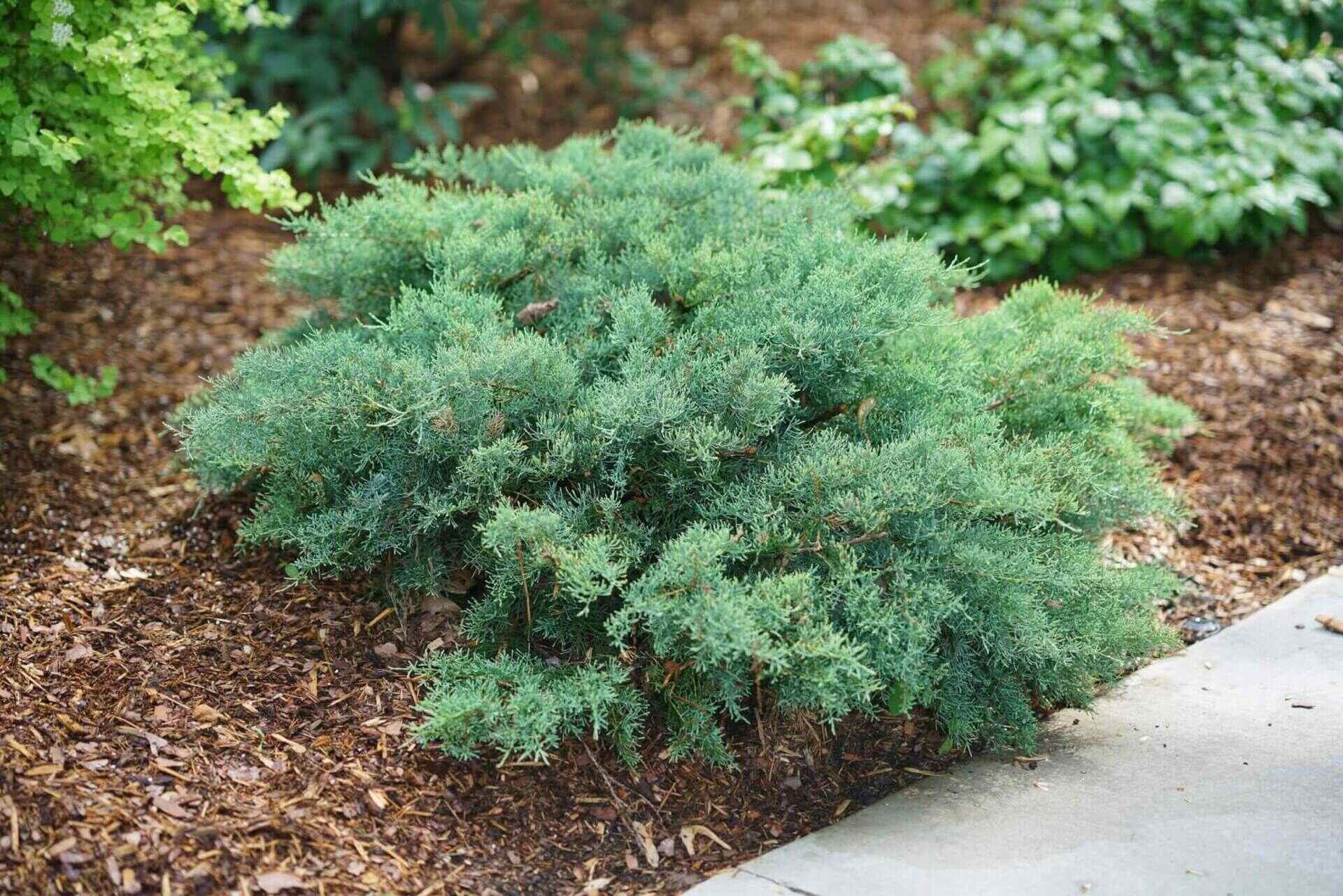
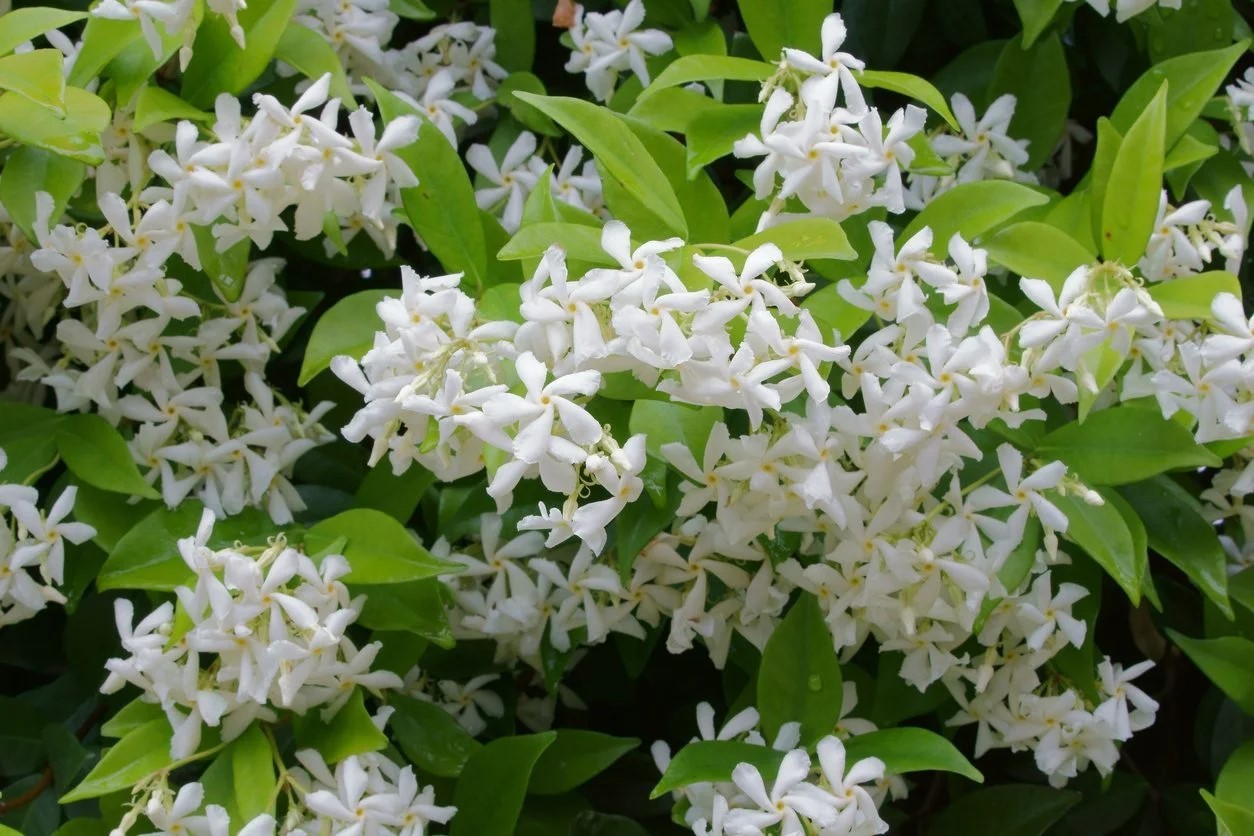
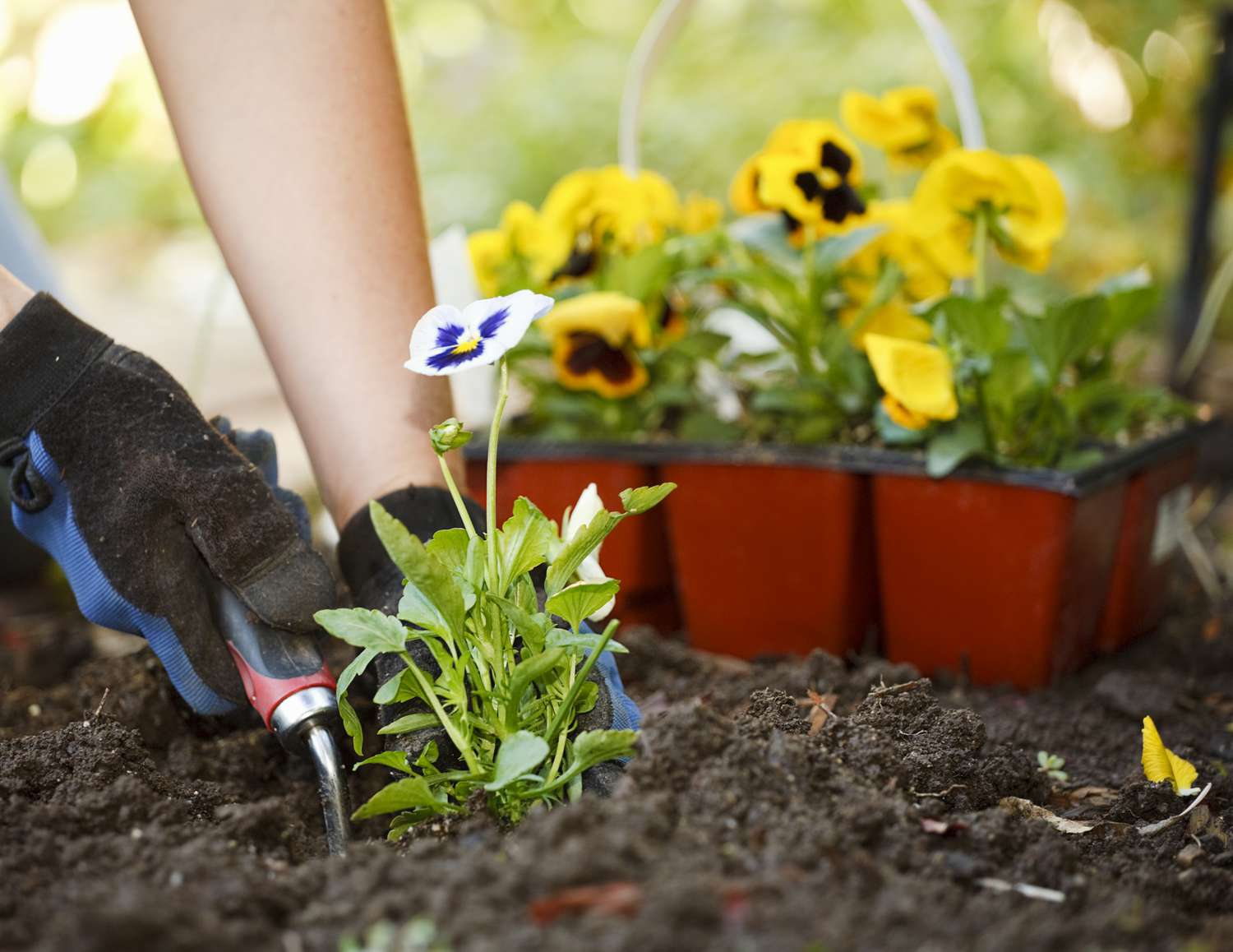
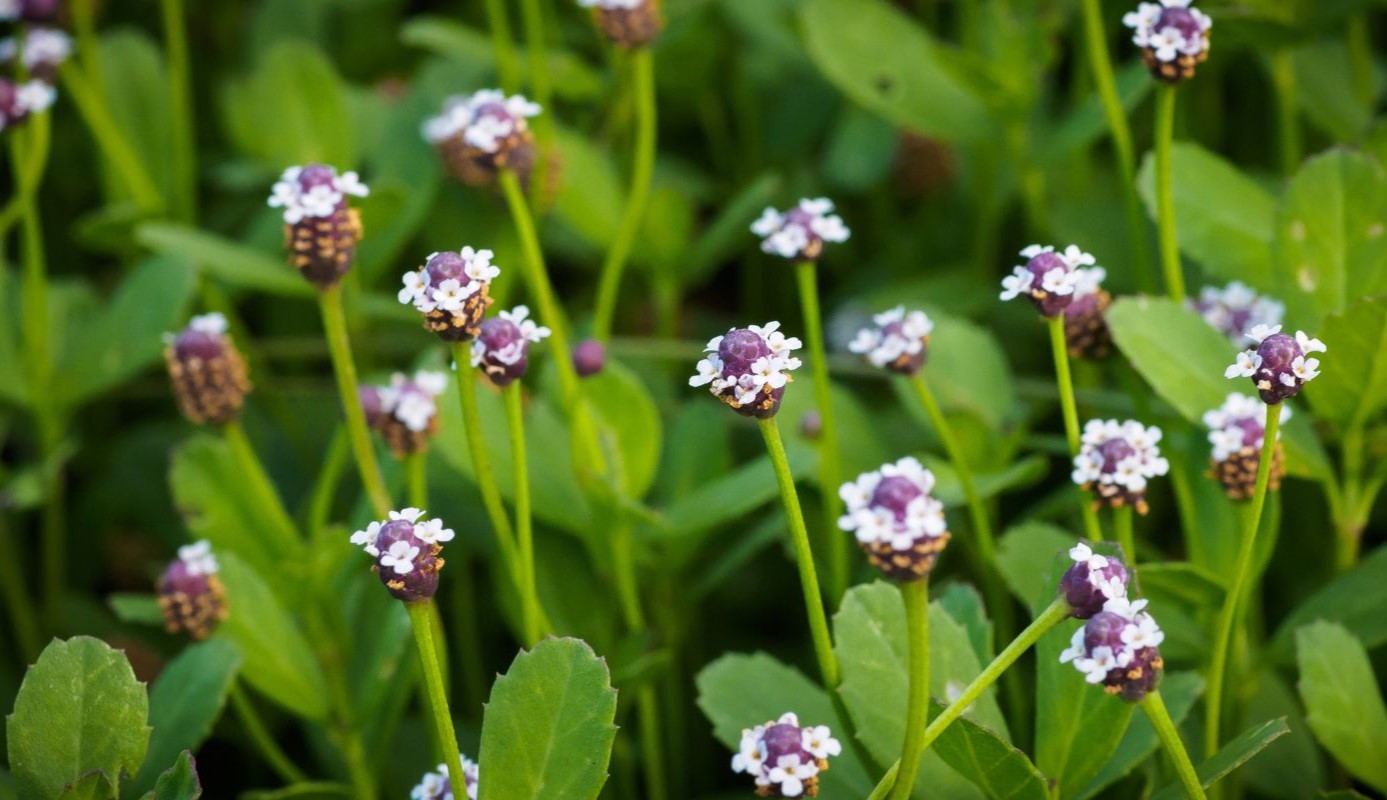
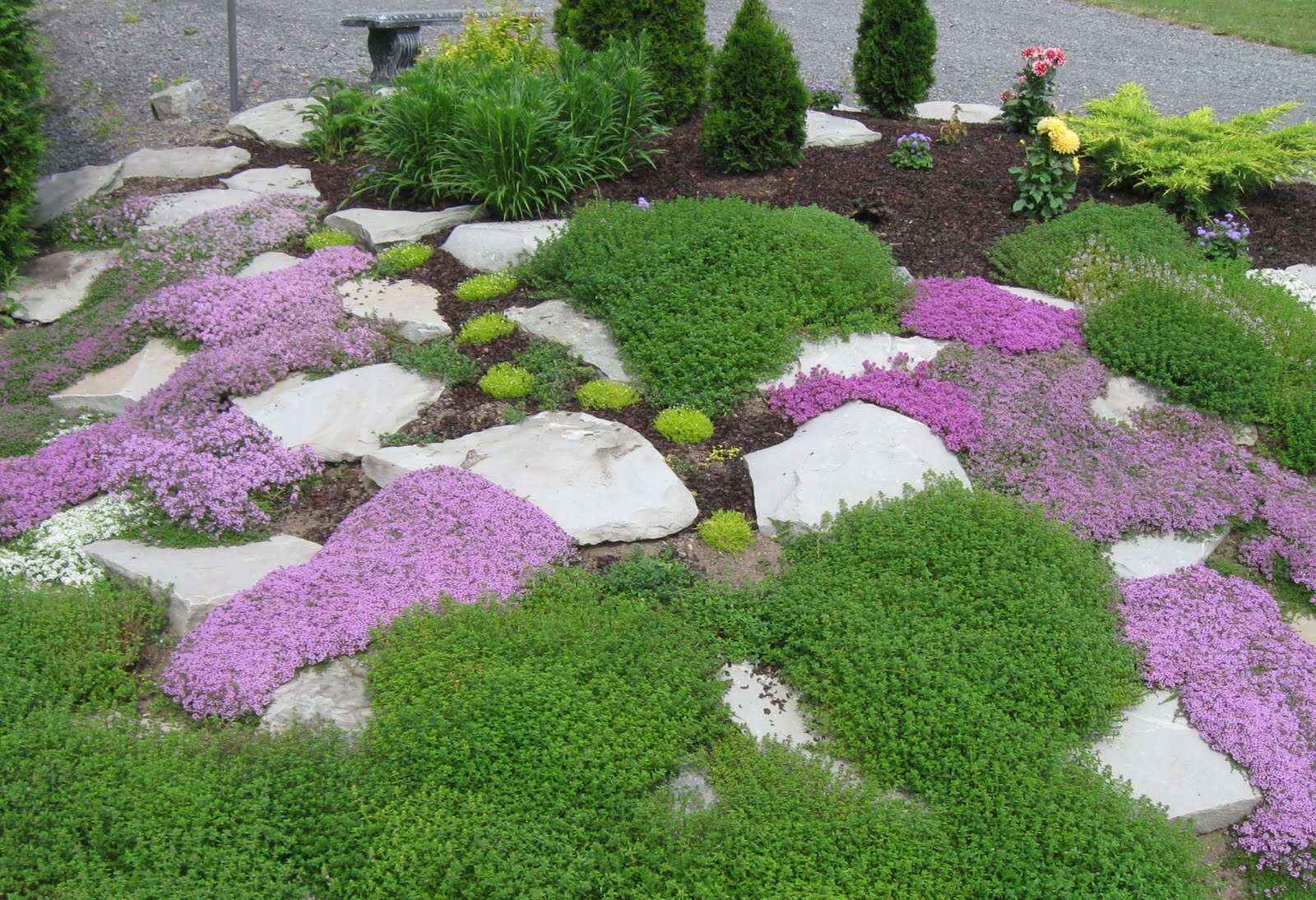
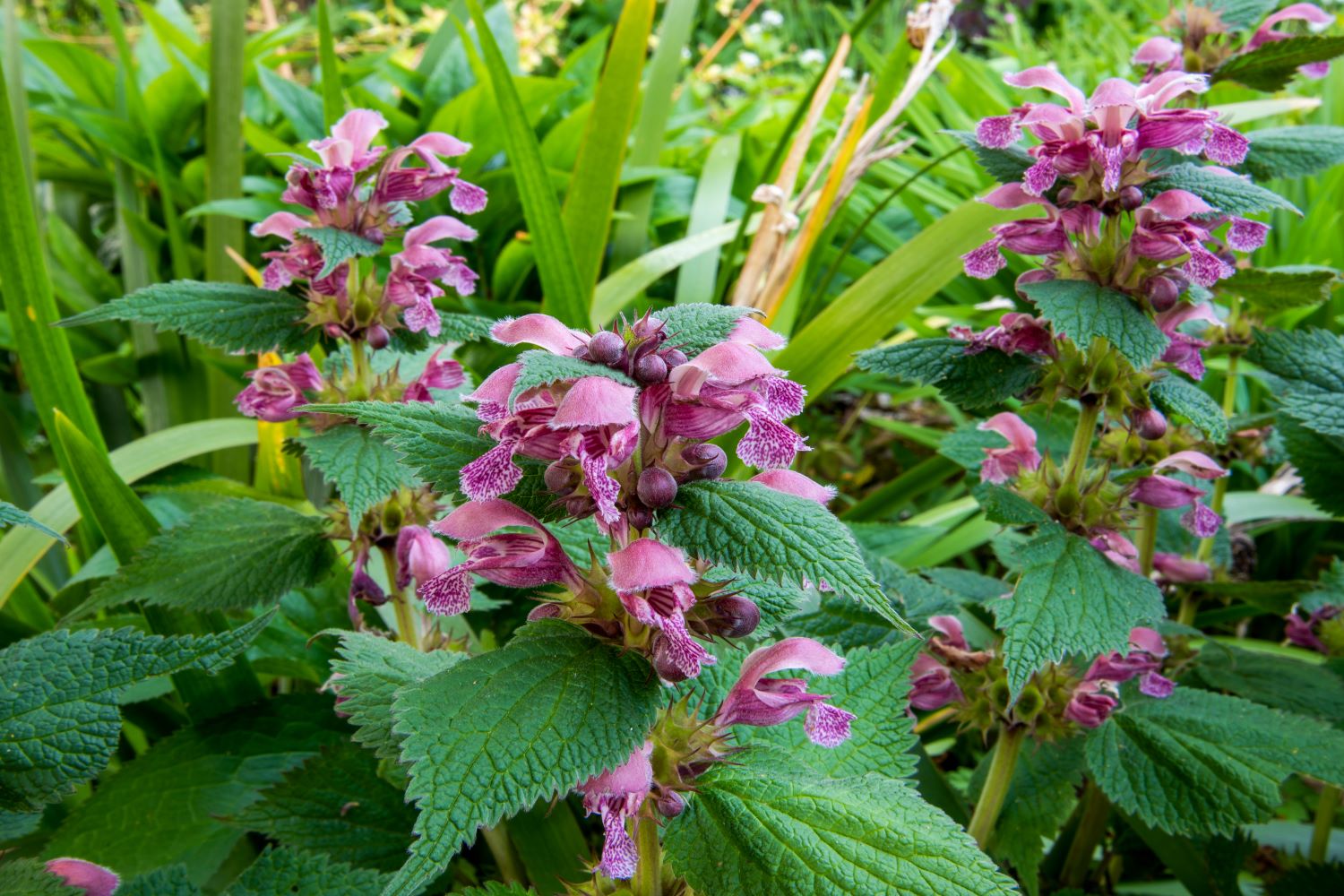
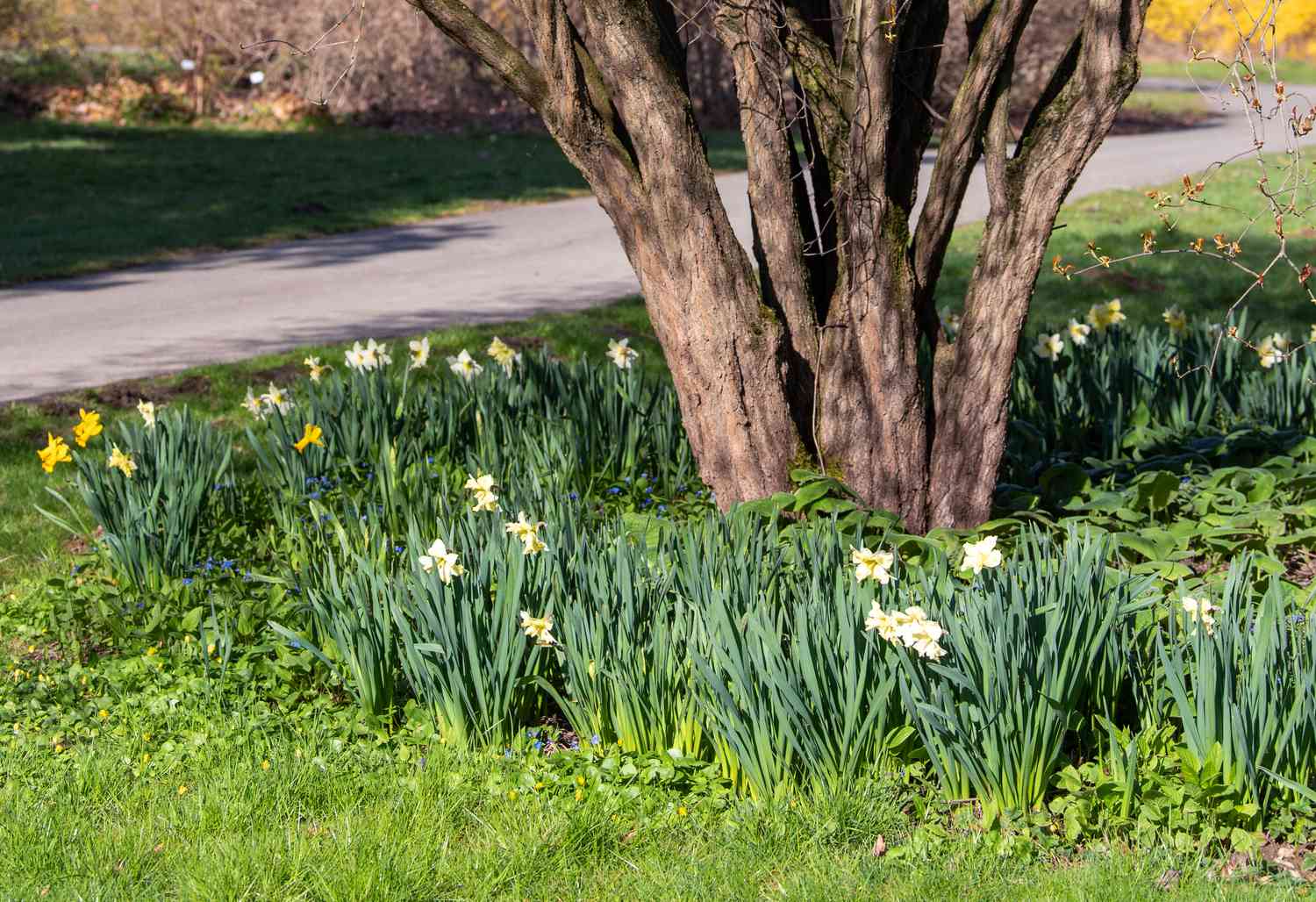

0 thoughts on “How To Plant Lantana Ground Cover”